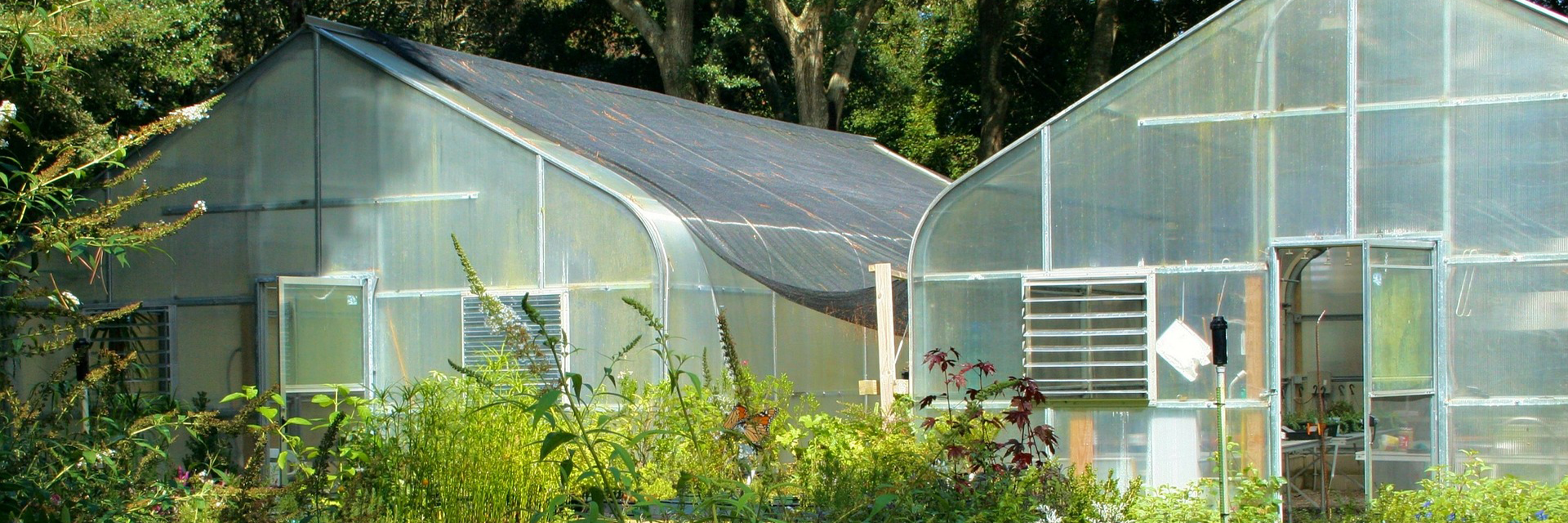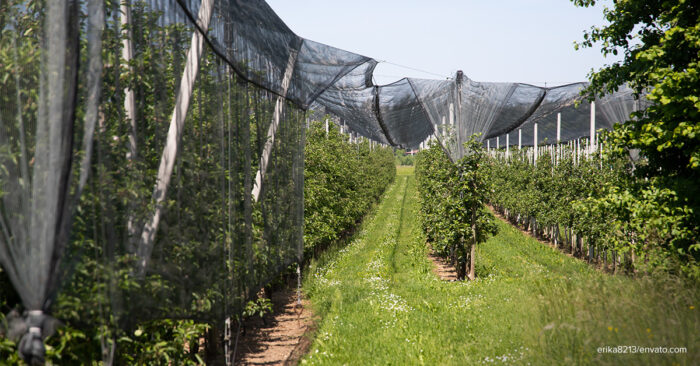Take a look at your social media feed and there’s a good chance you’ll find photos of blooming flowers and big ripe veggies from friends. The plant craze is so trendy nowadays (especially during the quarantine periods), that even urbanites have started installing greenhouse shade nets in their backyards for makeshift nurseries and some DIY farming. And what’s not to like about it? Be it a hobby or a way to raise edible greens that you can simply pluck from your own backyard for dinner, tending your own plants and crops is always more productive and impressive than when you used to play Farmville on your mobile.
But then there are also other uses for greenhouse shade nets you might not be aware of. It can also give you some great relief from the sun’s heat when at home or make things easier for your other projects. Of course, more serious agriculturalists who practice horticulture, permaculture, and other sciency stuff best know what shade nets are for.
However, we’re here to tell you more! From discovering the importance of shade nets, picking out the right type, and revealing its other uses, let’s get into your new bff when it comes to either creating a nursery business or simply taking shelter from the bright sun.
What are greenhouse shade nets?
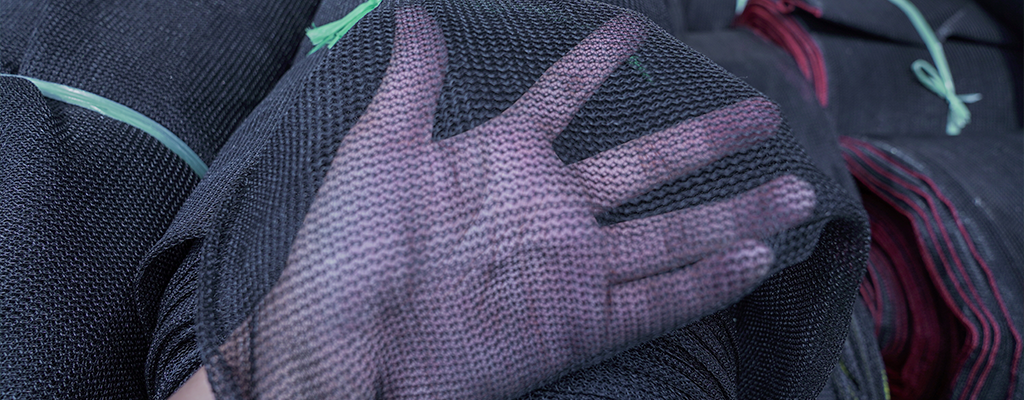

What do coined terms like water bucket, soil knife, and garden scissors have in common with shade nets? Aside from being essentials to your nursery, these words are coined according to their functions. Such greenhouse shade nets from Philippine Ranging Nets are lightweight knitted Polyethylene fabrics used by farming and gardening experts to protect their plants and crops from the sun’s heat.
To make it more simple and relatable during the current times:
Kung kailangan mo ng mask and face shield laban sa COVID-19, kailangan ng mga alaga mong halaman ang greenhouse shade nets para hindi malanta.
These greenhouse shade nets come in a variety of types and sizes depending on what you need them for. For example, some plants need 50% shade while others need around 90% to grow. Knowing the right type of shade net for your plants is important if you want to optimize your greenhouse environment, which leads us to the next tip.
Which shade net is used for what?
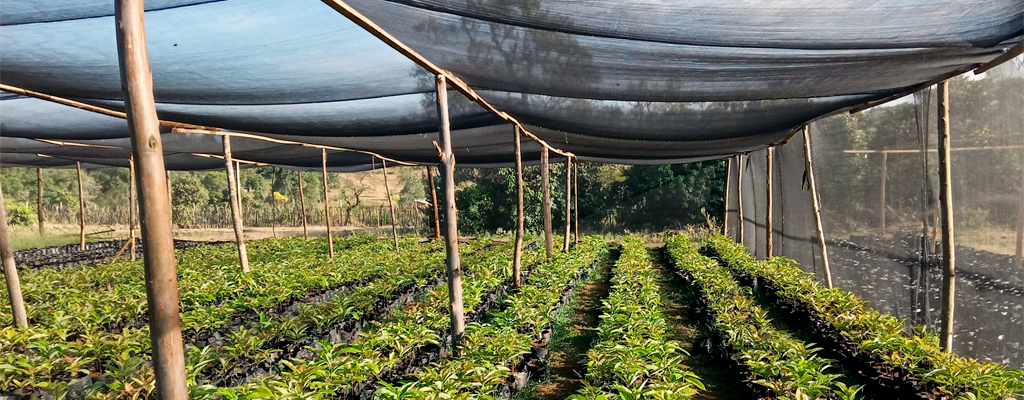

While shade nets can be used for multiple purposes, let’s first get into how to use them when you decide to start a nursery.
Philippine Ranging Nets is the leading supplier of a variety of shade nets for greenhouses including those with the right density range that’s perfect for plant care. For your tomatoes, cucumbers or peppers which can all tolerate hotter days, a 30% density range is good enough, but use 40% to 50% for flowering plants, common fruits and vegetables. What these quality shade nets do is simulate the most ideal environment for plants to grow naturally without getting dried up from sweltering hot days.
Put up your shade nets in a way that just the right amount of sunlight and heat comes into the greenhouse (about 80 to 85 degrees Fahrenheit). Keep it well ventilated and expect them to grow at faster rates!
How else can I use shade nets?
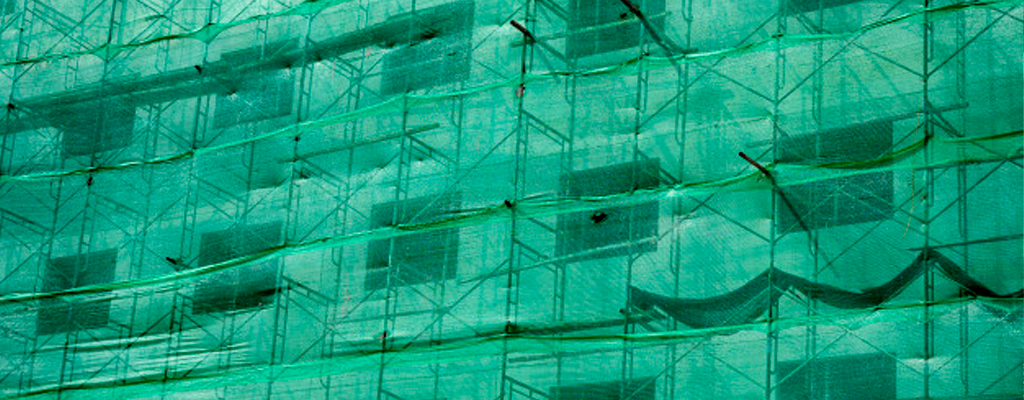

Never mistake shade nets as a kulambo, lambat, or volleyball net. But as mentioned earlier, greenhouse shade nets are not exclusive to nurseries alone and if you are one who engages in different hobbies, shade nets can offer a variety of uses more than what you think you would think!
Here’s a couple of good ideas you can try out yourself:
- Say you’re in construction and you need to install a safety scaffolding for your site. Greenhouse shade nets with the right mesh size (around 65mm x 35mm), can serve as effective windbreakers, or even safety canopies that catch falling debris from higher areas of your building project. Plus, it makes the work site cooler by providing shade from the sun.
- Another big industry where greenhouse shade nets are commonly used is for free range chicken farming to protect poultry from predators, mosquitoes, and give them some shade from the sun.
- On regular days, you may also use your shade nets as protective covers for your car’s roof when you park al fresco. Preferably, use 90% to 95% Polyethylene fabric to avoid paint boils from the sun’s heat.


Not convinced yet on how shade nets give the term multi-purpose justice? Try using them as covers for your swimming pools, or screen for golf ranges and courses to prevent balls from flying over the perimeter. There are absolutely plenty of ways you can use your shade nets and the best part of all is that they are inexpensive and totally durable as long as you get them from a reliable supplier.
Philippine Ranging Nets offer a variety of range and shade net products that are proudly Philippine-made.

